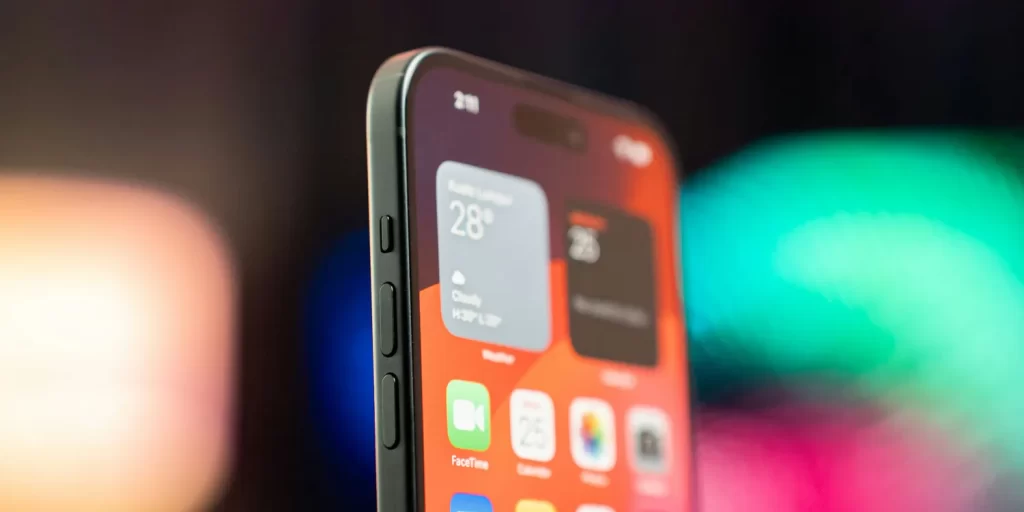
A new supply-chain report says that new technology acquired by Apple’s display suppliers will enable the iPhone 16 bezels to be further reduced in size, in conjunction with the larger displays we’re expecting in the two Pro models.
The same report also claims that Apple could hide the Face ID module beneath the display as early as 2026, though it quickly hedges on this …
Larger screen sizes
We were the first to find hard evidence of rumored plans for larger displays in the iPhone 16 Pro models, getting our hands on CAD models which showed a bigger screen initially for the Pro Max way back in May of last year.
As seen in CADs shared with 9to5Mac, the larger iPhone 16 Pro model, possibly called iPhone 16 Ultra, will carry a roughly 6.9” screen, and the entire body will grow significantly.
We noted at the time that the challenge with this was to avoid any significant increase to the width of the phone.
The device is taller, but thankfully, only slightly wider, as the iPhone 14 Pro Max is already difficult to hold with one hand. These CADs show how Apple is planning to increase the screen size of the iPhone 16 Pro Max, while keeping the overall form factor as close to the same as physically possible.
Smaller iPhone 16 bezels
Another way to increase the display size without making the phone harder to handle is to further shrink the size of the bezels, and a new supply-chain report says that Apple’s display suppliers now have the technology needed to achieve this in this year’s iPhone 16 line-up.
Sisa Journale reports that this particular improvement is expected to be made to all four models.
The bezel, the border area around the display screen of the iPhone 16 series, which Apple is scheduled to launch in the second half of this year, is expected to shrink further. Apple is set to launch four models: the iPhone 16 regular model, Plus, Pro, and ProMax, all of which are expected to introduce a new BRS (Border Reduction Structure) technology, an ultra-thin bezel technology.
One challenge with BRS tech has been that it squeezes wiring into a smaller space, which can result in overheating. This problem is now said to have been resolved.
Recently, heat-controlled heat dissipation technologies have been improved and seem to be applied again.
This improved technology has reportedly been acquired by all three Apple display suppliers: Samsung, LG, and BOE.
Under-display Face ID
Apple’s long-term goal is what Jony Ive referred to as “a single slab of glass” – an essentially bezel-free display, with all the front-facing tech hidden beneath the display. This would include both the Face ID module, and the selfie camera.
The selfie camera is the bigger challenge. The technology is technically possible today, but only at the expense of photo quality. Embedding the infrared camera and sensor needed for Face ID is somewhat easier, and we’re expecting that to happen first.
Today’s report claims this could happen as early as 2026, though it does quickly pull its punches.
“Apple wants to change the shape of the display once again by hiding the camera behind the display or hiding the face ID, but UDC technology continues to slow down,” said Kang Min-soo, a senior researcher at Omdia. “It was originally planned to launch this year, but it was delayed to next year, and now it could be delayed until 2026 and beyond 2027.”





























